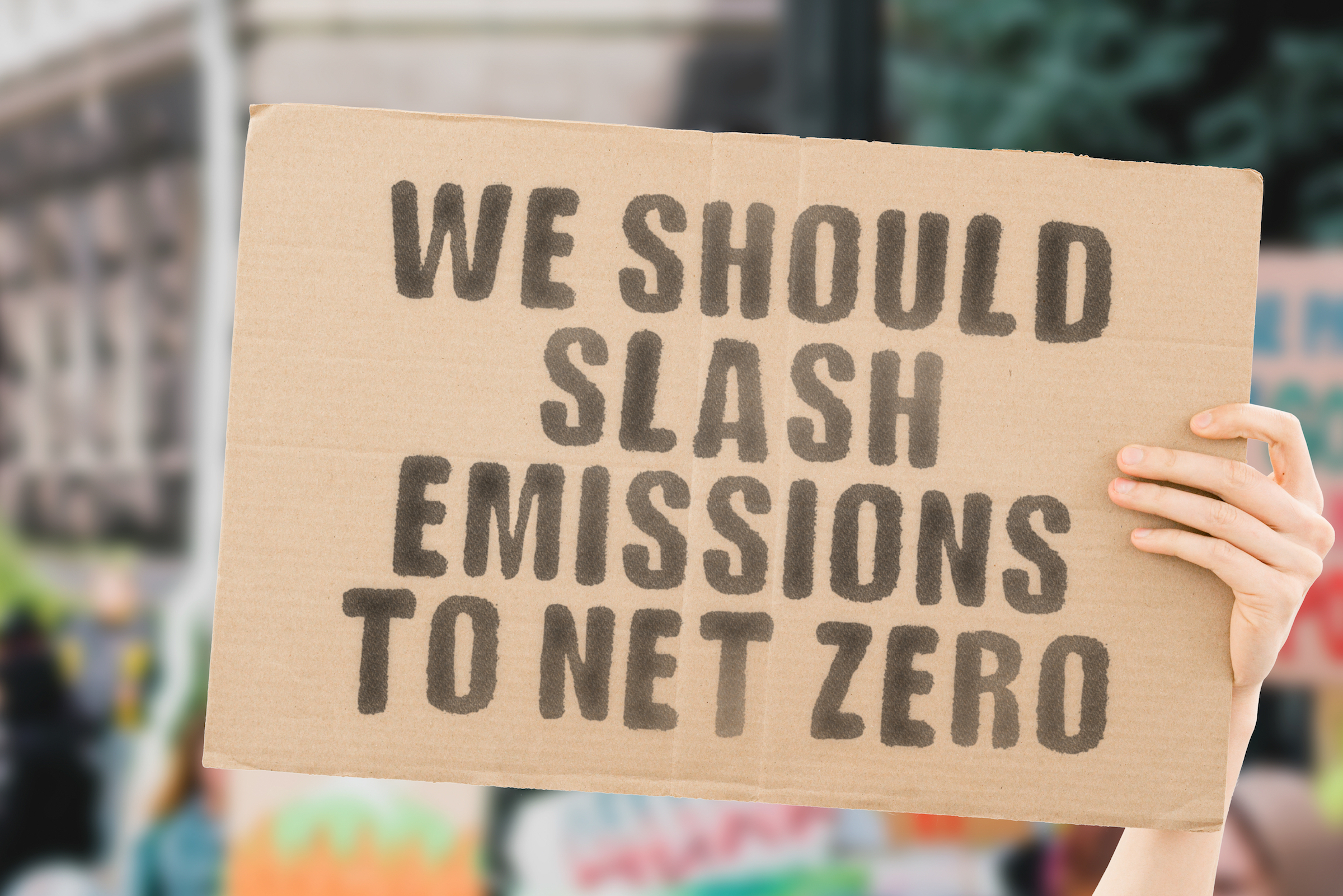Carbon dioxide emissions are produced from industrial processes and sometimes from industrial energy systems via the combustion of fossil fuels. Carbon dioxide emissions are greenhouse gases that are responsible for global warming. We need to get rid of carbon dioxide emissions and other greenhouse gases from industry.
That’s what we call decarbonisation: getting rid of carbon, getting rid of all greenhouse gases, so that we have no pollution from the industrial sector. Now, this is important to keep the rise in temperature at less than 1.5°C and to align with the Paris agreement. The industrial sector is considered a hard-to-update or a hard-to-decarbonise sector. And that’s because every industrial facility, every industrial plant, is different. There is no one-size-fits-all solution to decarbonise an industry.
Decarbonisation of the industrial sector is difficult, but it can be achieved. In fact, the industrial sector is on its way to becoming a zero polluter, getting to net-zero carbon. The question is when.


